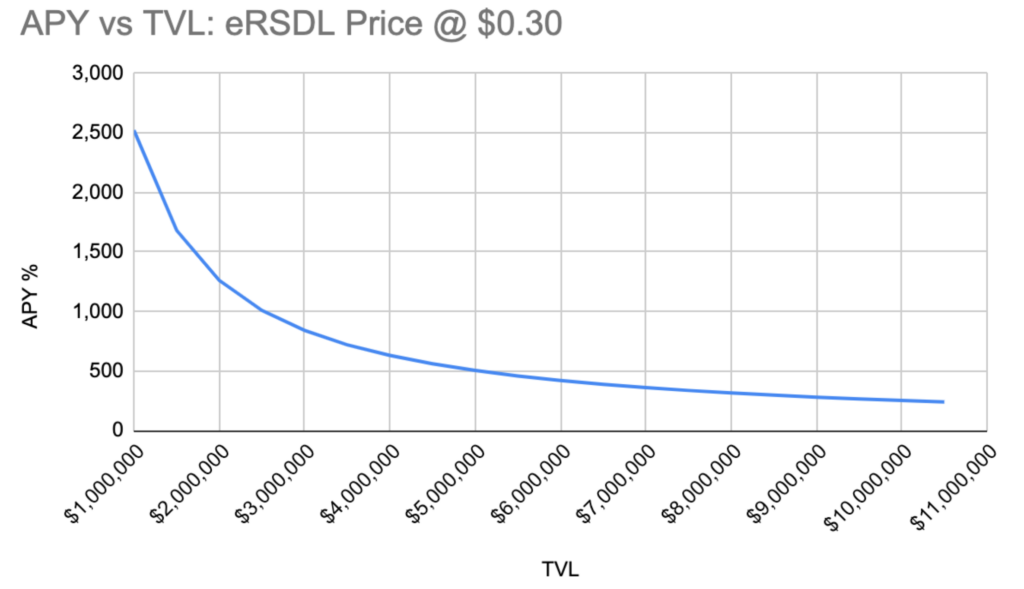Making an attempt here to try and simplify the concept of APY (annual percentage yield). This can be a little difficult wrapping your head around. After seeing the reactions yesterday in the aftermath to the staking launched by UnFederalReserve, and some even going to the extent of labelling the project a scam because they did not see the 1000% APY “promised”, I felt I’d take a go and try and explain this.
Let’s say you’re invited to a grand buffet. The buffet promises the most lavish meal ever, exclusively for 100 people. So what’s established is,
- A very lavish meal (think APY or returns)
- Limited to a certain set of participants (think TVL or Total Value Locked)
Obviously if only a 100 turn up for the dinner, each one enjoys it, one meal for everyone. Everyone’s satisfied.

What if only 50 people turned up? Now each one has two meals that they can have. Translate that to a mathematical return. 200%!!!!!!!! If 25 people turn up, each person now has four meals to them. That’s a 400%.
BUT. What is 1000 people turned up for the same dinner????
Now you have 1000 people eat a meal prepared for only 100 people. So basically, assuming each one has the same appetite, everyone is able to eat 1/10th of a “satisfactory” meal. Translate that to a number, and they are 10% satisfied.
This is how the APY works.
So when eRSDL outlined an APY (annual percentage yield) of 1000%, that was based on some assumptions. Based on what I read, that was based on a TVL (total value locked) of $2.5 million and an assumed price per eRSDL coin of $0.30. Here’s something borrowed from their recent post

As of the time of writing, which is around a little more than 12 hours since the platform was launched, over 179 million eRSDL tokens have been staked. That translates to a current value or TVL of $195 million (at the current price of $1.06).
The current distribution APY is 40%.
And, this is how it works.
Obviously, this is a very simple explanation. Technically speaking, as per Investopedia, the annual percentage yield (APY) is the real rate of return earned on a deposit, taking into account the effect of compounding interest. But if you got what was explained earlier, I’m hoping the concept of APY’s makes a little more sense.
A project will try and lure more people initially by showcasing a high APY. That does not mean a project is being deceitful. It’s something based on estimates, and plays out based on supply demand dynamics. Think of this, 179 million tokens of a circulating supply of 322 million eRSDL tokens are currently locked in staking.
Let me know if this helped. A comment or some feedback would definitely help.


